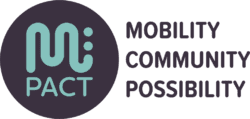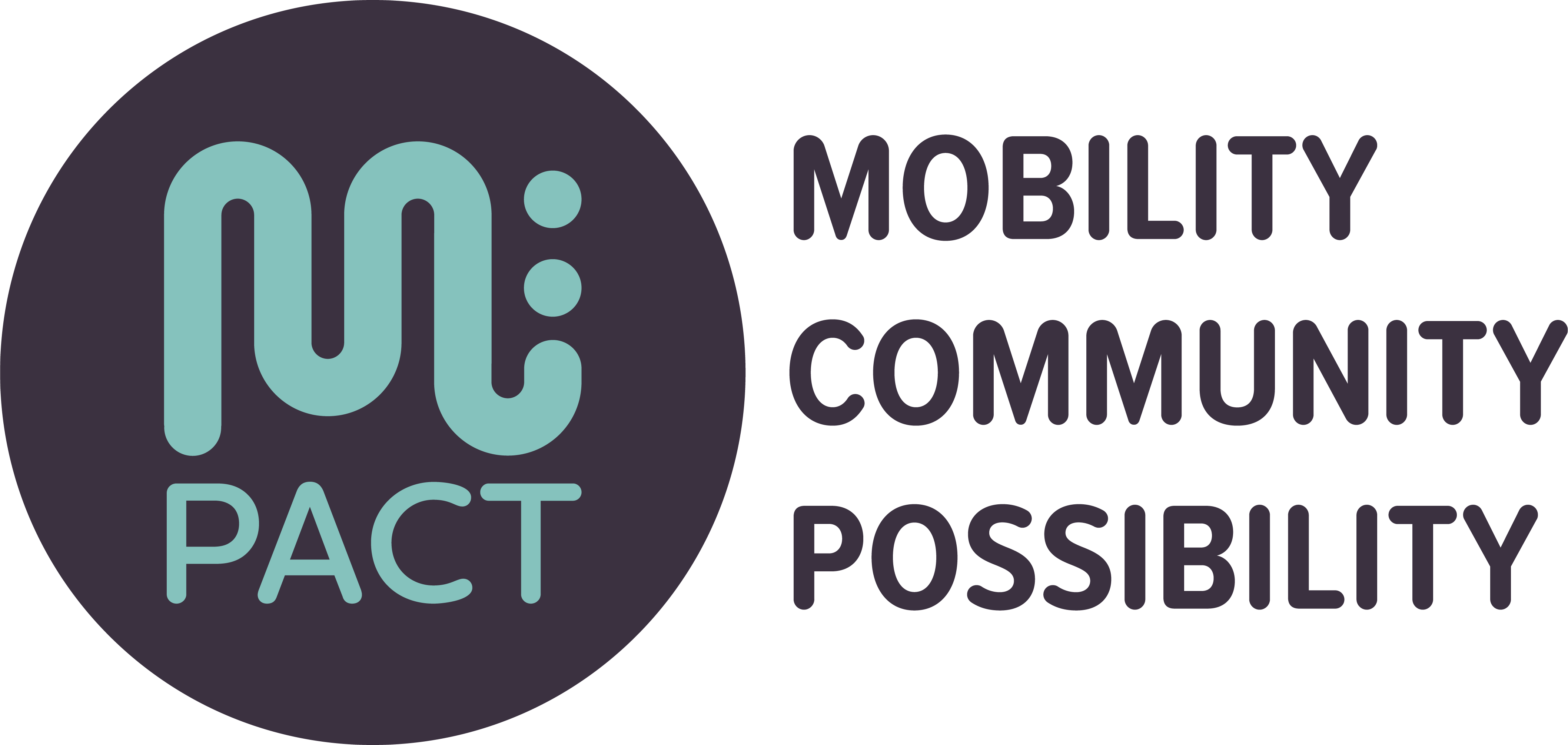Originally published on railvolution.org. Rail~Volution is now Mpact: Mobility, Community, Possibility.
This blog post recaps a webinar with stakeholders involved with formulating and enacting Chicago’s Equitable Transit-Oriented Development Policy Plan.
Mariia Zimmerman, MZ Strategies, about the creation of the plan
Roberto Requejo, Elevated Chicago, about different views of transit and TOD
Melvin Thompson, Endeleo Institute, about policy and participation
Describing some of the advances in the plan, the webinar focused on the innovative approaches to community involvement and collaboration that underlie it. While it’s hard to capture everything brought by these dynamic speakers, here are five points the speakers brought home:
- Bring one’s whole self to the work.
- Acknowledge that the playing field was never level.
- Reframe the rules of engagement.
- Focus on the two triggers of displacement: disinvestment and gentrification.
- Finance the “invisible infrastructure of collaboration.”
Mariia Zimmerman opened the webinar with background on the plan, then each of the speakers shared the ways they came to personally understand the issues involved in building more equitable cities.
As a boy, Melvin Thompson joined his father on drives around the city. Returning to his home on the south side, he realized there were two Chicagos, one with multiple amenities and one without any. Juan Sebastian Arias talked about the changes in his Chicago neighborhood as the Catholic Church he attended a boy emptied out as he grew up, making him wonder where all the Latinx residents went.
Leslé Honoré described growing up in car-dependent Los Angeles, moving to Chicago and finding an affordable place to live, one that was “near poverty,” where she learned the history of redlining. Roberto Requejo described his search for housing in Chicago and the growing realization that while transit for some meant “opportunity, freedom and access,” to others it meant “exclusion, displacement and inequality.”
“TOD is evolving,” said moderator Mariia Zimmerman. It’s important, she said, that we continue to make the case for communities oriented around transit. But also that we acknowledge that a lot of the work on TOD has been with done a white gaze and has focused on new development and people who don’t currently take transit. “We need to do a better job of realizing equitable transit-oriented development,” she said.
Partnerships are built at the speed of trust
The City of Chicago ETOD Policy Plan benefitted from community participation painstakingly fostered by Elevated Chicago.
Roberto Requejo described the values and governance structures involved in creating a cross-sector collaborative table focused on equitable TOD. Leslé Honoré, who participated, describes the new ground rules for engagement that made a wide range of stakeholders feel respected and welcome.
Elevated Chicago created space for community voices and expression. They did not expect community leaders involved to “represent” their communities, but to be bridges and connectors to the diversity of voices in them. They paid community members for their time. They listened. They looked for assistance from “forward-thinking government leaders and purpose-driven private firms.” Their work benefitted from philanthropic support from SPARCC funders but they also continually had to make the case for on-going funding for the “huge job” of getting coordination to happen.
Chicago had a TOD ordinance prior to the creation of the ETOD Policy Plan but, as the plan details, most TOD was concentrated in affluent areas. The ETOD Policy Plan plots a new course by tackling displacement triggered by decades-long disinvestment in the West and South sides, and by ongoing gentrification in places like Logan Square, where new investment is pricing people and their businesses and communities out.
The plan focuses on three broad areas: building the city’s capacity to support ETOD; making ETOD “required, easier and more equitable; and embedding ETOD principles into citywide planning processes. Read the plan (via the City’s ETOD page) to find out about the 35 strategies involved and the variables important to community members.
Juan Sebastian Arias talked about “behind the scenes soft skills” involved in finding champions in different city departments who could unite behind a “whole of government approach to advancing equitable transit-oriented development.” He also talked about changes to zoning, the city’s work to reframe its approach to vacant land and a racial equity assessment of the housing departments Qualified Allocation Plan.
Culture change happens with consistent action
Describing his ability to bring his true self to the Elevated Chicago table, Melvin Thompson, who directs community development for the Endeleo Institute, shared his new appreciation for policy and his hope that the words in the plan will be implemented such that residents who see new developments will believe “oh, yeah, it’s for you.” For evidence that change Chicago’s approach to ETOD is changing, follow this link to see a 100-unit affordable housing development near Logan Square.
With the approval of the Equitable Transit-Oriented Development Policy Plan by the City of Chicago, a call for proposals for the ETOD Pilot Program is now open, through July 21, 2021. Find out more on the City’s website here and follow the progress via Elevated Chicago updates on Facebook, LinkedIn, Twitter and Instagram.


